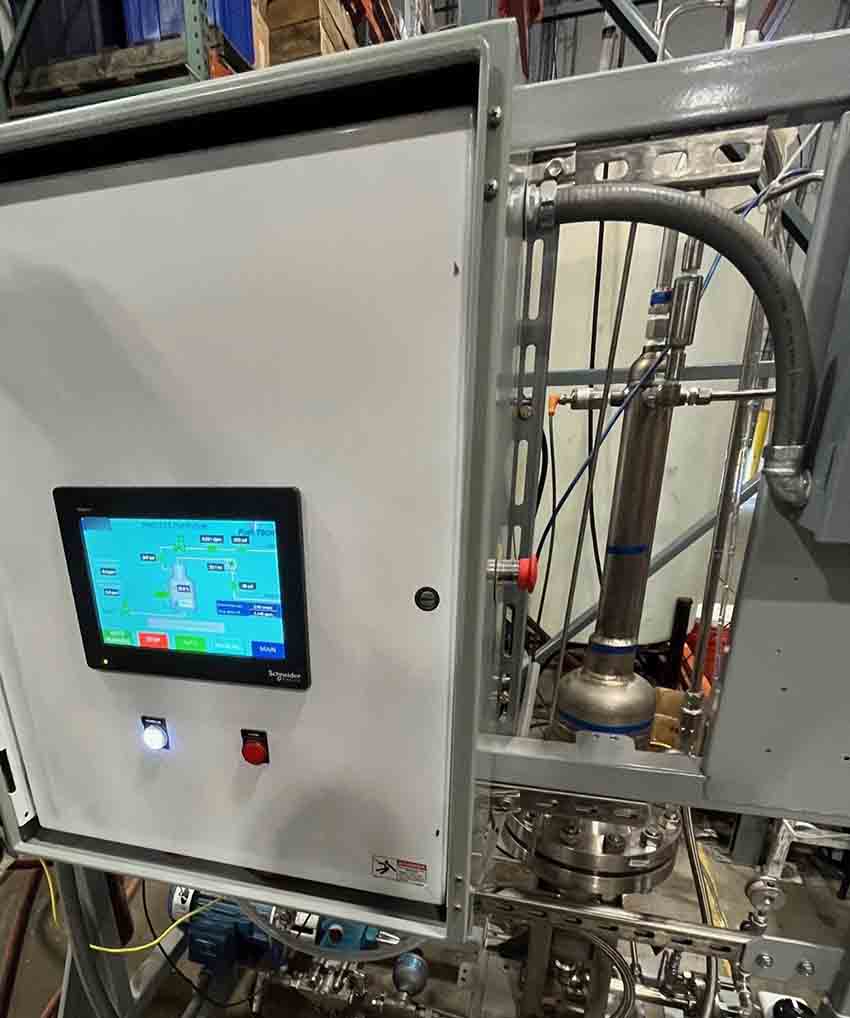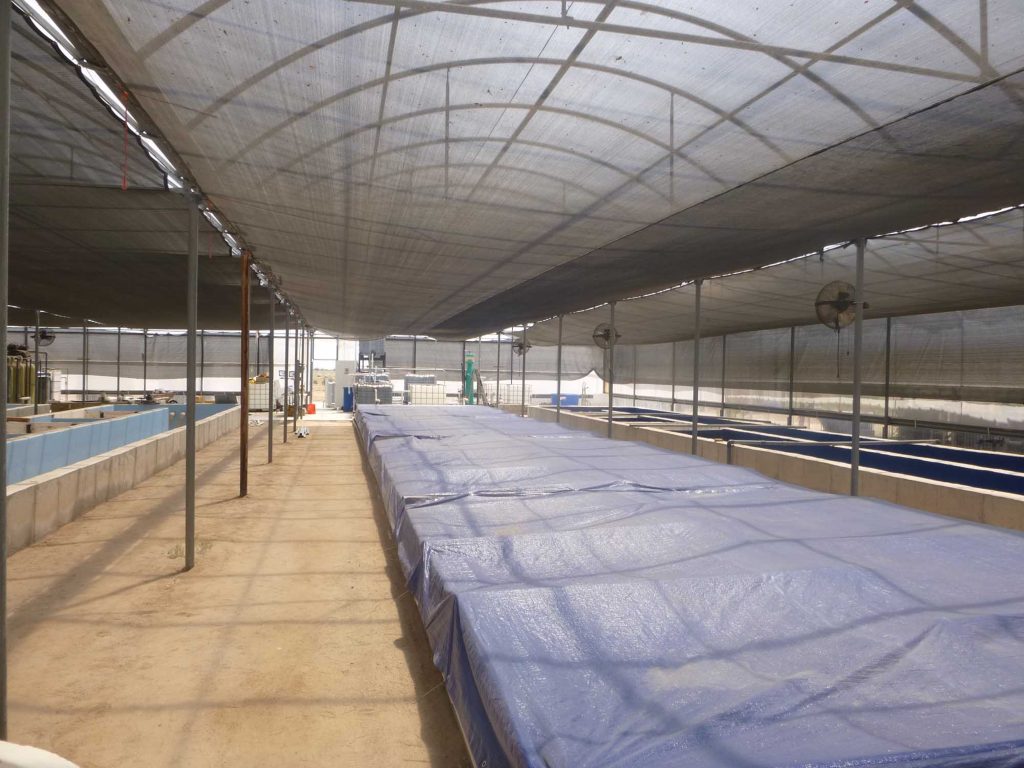An innovative gas-infusion technology has demonstrated multiple potential benefits for aquaculture applications during collaborative trials in the US.
Shrimp farm technology provider Royal Caridea, LLC has worked closely with engineering technology company Fuel Tech Inc., on a trial to determine the effects of growing Pacific whiteleg shrimp (Litopenaeus Vannamei) in a raceway system using its patented gas infusion system.
Shrimp farming is helping to meet the growing consumer demand, and higher densities of the crustaceans are possible in the raceway than occur in the wild. The comparative trial took place in back-to-back growth cycles on a raceway with high species stocking and low-salinity water at Royal Caridea’s aquaculture farm in Arizona, US.
In land-based raceways, a continuous stream of water provides the required level of water quality for the crustaceans to develop, and aeration is necessary to meet the required parameters.
In the first growth cycle, traditional bubble aeration using the venturi principle was used until the oxygen demand of the water could no longer be met. This required that the shrimp be partially harvested to ensure acceptable dissolved oxygen (DO) concentrations were maintained for those remaining.
In the second growth cycle, Fuel Tech’s innovative DGI™ technology was used to provide DO concentrations at 150% of atmospheric saturation. This successfully unlocked the potential for more shrimp to reach maturity within the raceway, along with likely health improvements for the shrimp.
The two three-month trials are the subject of a new white paper from Fuel Tech, which shows how its DGI process, originally developed for the water and wastewater treatment market, offers multiple benefits in shrimp production. Fuel Tech is pleased to report that excellent survival and growth was achieved during the DGI trial.

A mean weight of 42g per shrimp was reached in about 100 days. The growth curves for individual shrimps showed no significant change from the trial when selective early harvesting was necessary to manage the high biomass loading.
The DGI trial also revealed no evidence of trimethylamine odor, oxidation, excessively fast metabolism, osmotic shock, or gas bubble disease. This suggests that maintaining DO levels above saturation in low-salinity water, without the presence of bubbles, increases the yield, while minimizing any detrimental effects of high oxygen levels.
In conclusion, the research shows that high post-larval shrimp stocking, combined with reliable DO dosing with DGI, can dramatically increase total production compared with traditional aeration methods. The results of the white paper will be presented by John M Boyle PhD, senior director of technology development at Fuel Tech, at Aquaculture America on 21 February 2024 in San Antonio, Texas. Co-author Maurice Kemp, president of Royal Caridea, is also planning to attend.
Bill Decker, vice president of water and wastewater treatment technologies at Fuel Tech who will also attend Aquaculture America said, “The trials in collaboration with Royal Caridea show huge benefits in deploying DGI for oxygen injection in aquaculture applications. Demand for shrimp is increasing globally and shrimp farming is an important source to help meet the growing demand and reduce overfishing of the marine environment. By deploying DGI, producers now have an opportunity to improve stock health and yields, while achieving more efficient operations.”

DGI uses a patented next generation, pressurized saturator for gas transfer of the oxygen solution to a slipstream of water; and an innovative nozzle delivery system to distribute oxygenated water that virtually eliminates gas loss from a targeted body of water.
The DGI technology was tested using validation methodologies published by the American Society of Civil Engineers (ASCE) and its Environmental & Waters Research Institute (EWRI), and the results of the validation tests have been peer-reviewed and endorsed by industry experts. Validation testing showed that DGI delivers greater than 99% transfer of oxygen when applied to a treated body of water.

